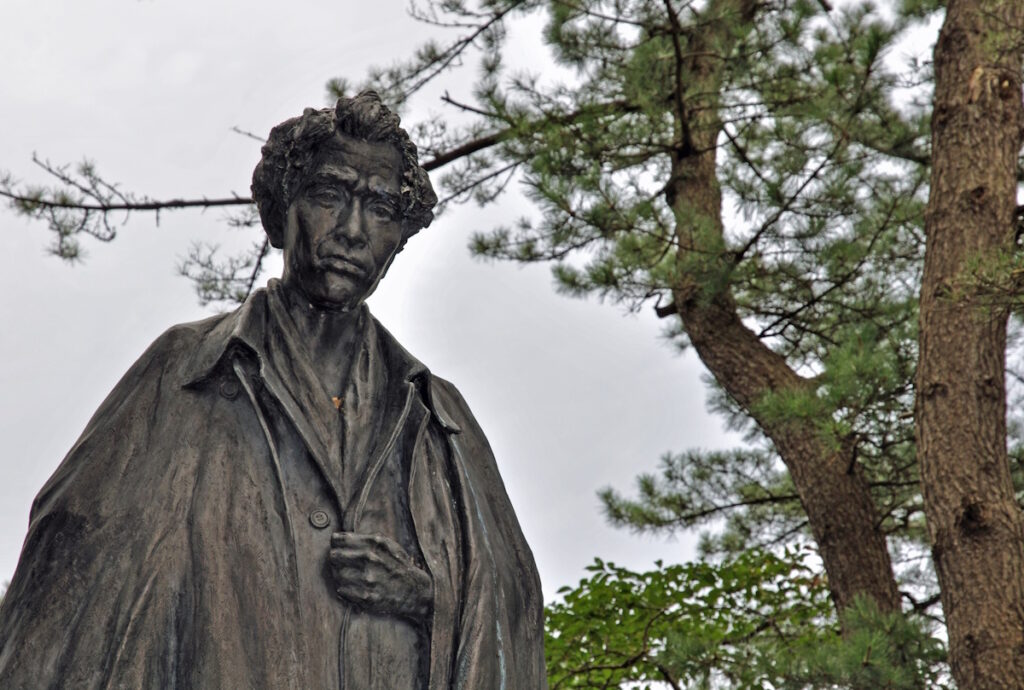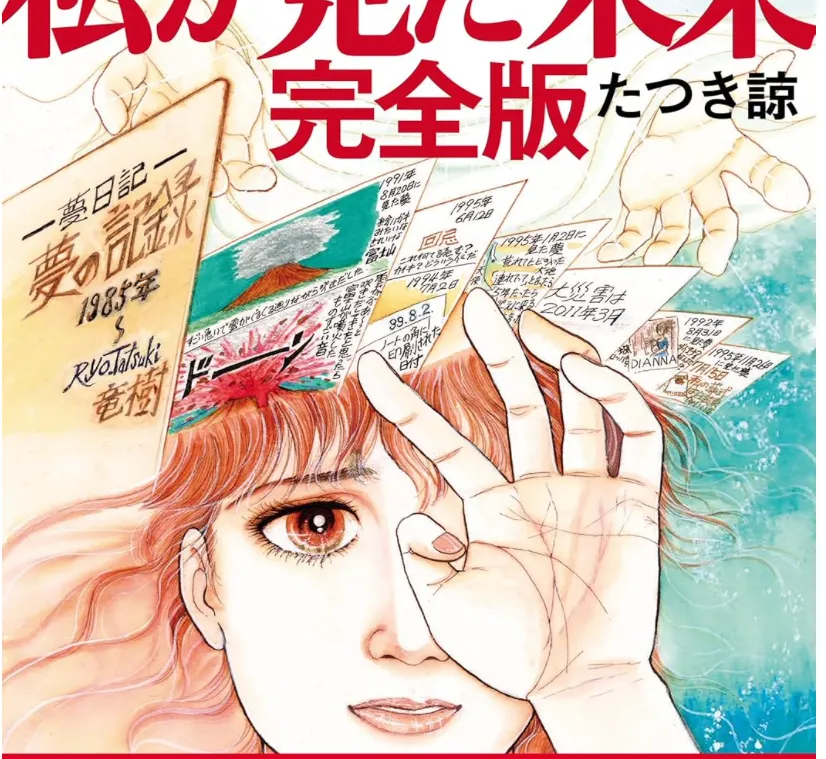Japan’s experiencing a boom in oshikatsu (推し活) – commercial activities (活) in support of one’s favorite star, or oshi (推し). But is that a good thing? New data shows many fans are concerned about the financial toll that supporting their faves is taking on their pocketbooks – and their lives.
The boom in oshikatsu
Oshikatsu took off in the 1980s with the rise of Japan’s idol culture. As an activity, “oshikatsu” is a largely economic activity that consists of buying goods and attending concerts. While an oshi is typically an idol (real or virtual, like Hatsune Miku) or an anime character, it can be any star in any field that one supports.
Oshikatsu was once primarily the province of the young. But that’s changing. A survey this year by VideoResearch of 4,234 men and women between ages 15 and 69 found that 62.1% of 15 to 26-year-olds – so-called Gen Z – have an oshi. However, even 40.4% of 27-42-year-olds and 27.1% of those between 43 and 58 said they have one. Among Gen X, 40% said they’d been engaged in oshikatsu for 10 years or more.

Gen Xers and those over 59 were more likely to identify their oshi as a singer, band, or musician, followed by an idol. By contrast, most in Gen Z and Gen Y said their oshi was an idol, followed by an anime or manga character. YouTubers and VTubers ranked low for Gen Z (7th and 9th, respectively) and didn’t rank at all for Gen Y and senior fans.
That makes oshikatsu big business in Japan. Indeed, even industries unconnected to entertainment are looking for ways to cash in. We wrote recently about a Buddhist ceremonial altar company that started selling an oshikatsu altar, or oshidan, to revive its flagging business.
Gen Z: Oshikatsu’s a financial burden
However, not everything’s sunlight and roses in oshi land. A new survey by economic magazine Toyo Keizai highlighted the dark side of oshi activity promotion.
The survey, conducted through November and December of 3,516 people from their 20s to their 70s, asked if fans considered oshikatsu a financial burden. Almost 50% of 20-year-olds said yes. Over 40% of 30 and 40-year-olds also said that feeding money to their oshis dented their pocketbooks.
Of those polled, almost 500 people said the biggest financial burden was buying goods related to their oshi. Another 450 or so indicated that event fees were the heaviest burden.
Perhaps even scarier is how much young people are spending on their oshis. According to the “Oshinomics” report from Hakuhodo, teenage girls said that they spend half of their disposable income on them. For most in this group, their money goes to male underground idols (地下アイドル; chika aidoru), performers at small clubs, or at male concept cafes where minors are allowed.
Planning a trip to Japan? Get an authentic, interpreted experience from Unseen Japan Tours and see a side of the country others miss!

"Noah [at Unseen Japan] put together an itinerary that didn’t lock us in and we could travel at our own pace. In Tokyo, he guided us personally on a walking tour. Overall, he made our Japan trip an experience not to forget." - Kate and Simon S., Australia

See a side of Tokyo that other tourists can't. Book a tour with Unseen Japan Tours - we'll tailor your trip to your interests and guide you through experiences usually closed off to non-Japanese speakers.


Want more news and views from Japan? Donate $5/month ($60 one-time donation) to the Unseen Japan Journalism Fund to join Unseen Japan Insider. You'll get our Insider newsletter with more news and deep dives, a chance to get your burning Japan questions answered, and a voice in our future editorial direction.

The financial burden of oshikatsu is leading some to worry that some fans may have an unhealthy addiction to spending money and time on their oshis.
“I felt the burden when we went to a Snowman concert and bought a ton of goods,” said a dad in his 50s. “My kid’s prioritizing oshikatsu over school.” Another man in his 50s says he’s “wanted to cut off friendships” after becoming overly absorbed in his oshikatsu activities.
Of course, no one in Japan’s gonna put the brakes on idols and anime. Even Japan’s government is salivating over the money – and accompanying cultural soft power – involved in promoting Japanese pop culture at home and abroad. But that promotion carries a risk that some people’s love for their idols will morph into something ugly and unhealthy.
Psychiatrist Nishimura Kotaro, who specializes in addiction issues, says oshikatsu addiction is real, labeling it a form of relationship addiction that can be as real as an alcohol or gambling addiction.
“It’s a matter of personal choice if the activities aren’t problematic and you can sustain your participation in society,” he told Toyo Keizai. “If you cross that line, it spirals out of control.”
Why this page doesn't look like crap
You may notice a few things about this page. First, it’s mostly content – not ads. Second, this article was written by a human, not a plagiaristic Turing machine.
Unseen Japan is a collective of independent authors. We work hard to keep our content free of intrusive ads and AI slop.
Help us keep it that way. Donate to the Unseen Japan Journalism Fund to support our work. Regular donors will receive Insider, our paid newsletter with weekly bonus content about Japan. Plus, your contribution will help us produce more content like this.
What to read next

Dazai Osamu Wants Us To Feel Less Alone
A new collection of the Japanese author’s short stories in English comes as he enjoys a resurgence thanks to BookTok and anime.

July 5 Is the End of the World. Come Celebrate With Me on July 6
Is Japan going to sink to the bottom of the ocean on July 5th? Not likely. But what does a manga author’s prediction tell us about society?

Why a Marcille Cosplay at Osaka Expo Resulted in Death Threats
A Japanese cosplayer opened up recently about the slander and threats she received for appearing at Expo as the popular character.

